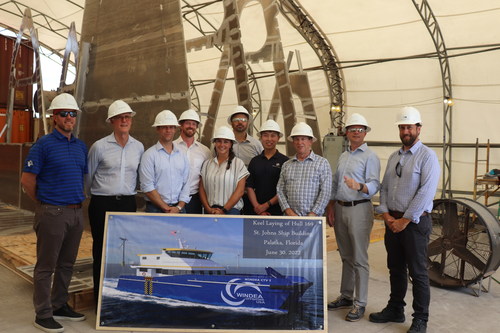On 23rd July, the Australian Maritime Safety Authority (AMSA) banned the Liberian-flagged oil tanker, AG Neptune, for six months in Australian ports. AMSA examined the Port of Gladstone ship on 17 June 2022 after receiving a complaint regarding underpaying seafarers and welfare-related issues.
During the examination, AMSA found evidence that the employment agreement with 21 seafarers on board the ship was not met, and crew members collectively owed about $123,000.
AMSA, as evidence, discovered that the food and drinking water was of inappropriate quality. The quantity and nutritional value were also insufficient.
It’s also understood that a seafarer wasn’t provided adequate medical treatment and care despite being injured onboard.

AMSA, as a result, detained the vessel for several breaches of the Maritime Labour Convention, and the operator was directed to pay outstanding wages and address these deficiencies.
AMSA executive director of operations Michael Drake said that the seafarers were consistently not paid regularly. Two members of the crew had passed away from seafarer employment agreements.
Drake added that Australia accepts zero tolerance for underpayment of crew members. This type of behavior is unethical and in contravention of the MLC. The international conventions meant to safeguard the seafarers’ rights are clear.
The vessels visiting Australian ports notice that if deliberate underpaying of the crew members is discovered, they may have to pay penalties.
The AMSA takes the MLC seriously and strives to make sure that seafarers’ health and well-being are maintained on all vessels in Australia.
AG Neptune, built in 2013, is a crude oil tanker flagged in Liberia. It has a capacity of approximately 105,405 DWT tonnes.
AIS data reflects that the vessel departed Gladstone anchorage on 25 July and is moving toward Singapore.
References: The New Daily, DCN, MSN









